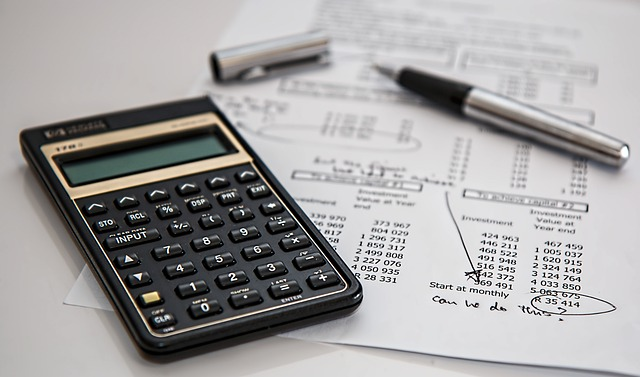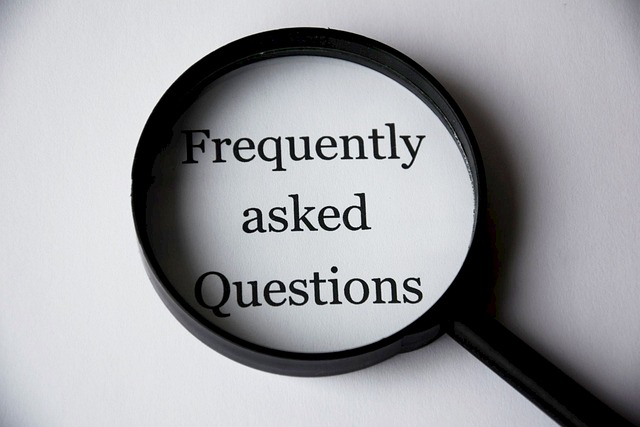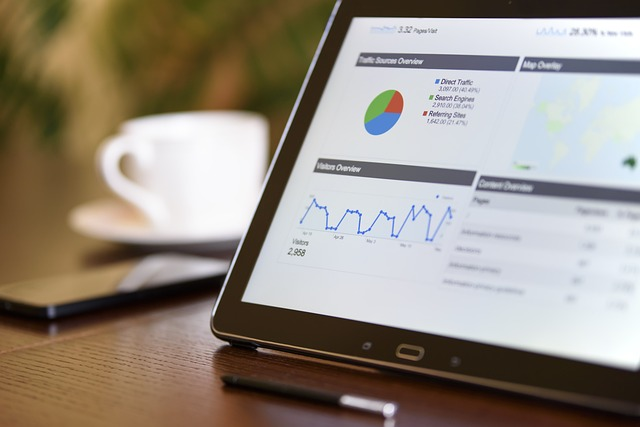Table of Contents
What are Current Assets?

Current assets are the resources a company expects to convert into cash or use within one year. They include cash, accounts receivable, inventory, and other short-term assets.
These assets play a crucial role in assessing a company’s liquidity and its ability to meet short-term financial obligations. Current assets are recorded on a business’s balance sheet.
Companies rely on their current assets to ensure they have enough funds available for day-to-day operations. Having an adequate level of current assets compared to current liabilities demonstrates good financial health. It indicates that businesses can quickly pay their bills and other financial obligations without liquidity issues.
What are the different types of Current Assets?
There are various types of current assets. Here are some examples of current assets:
Cash and Cash Equivalents: This refers to the cash in your business bank account, uncashed checks, money market funds, short-term investments, or petty cash. These are considered a current asset because they can be readily used to meet short-term financial obligations.
Accounts Receivable: Refers to the money owed to a business by its customers for goods or services that have been delivered but not yet paid for. As your business expects to be reimbursed within a short timeframe, these assets are due to be cash in the short term and, therefore, are current assets.
Inventory: Refers to the goods and materials a company holds for resale or production. It is considered a current asset because it is expected to be converted into cash within a year or the business’s operating cycle.
Marketable Securities: These are financial instruments such as stocks and bonds that can be easily bought or sold in the market. They are considered current assets because they are expected to be converted into cash within a relatively short period, usually within one year.
Prepaid Expenses: These are costs that have been paid for in advance but have not yet been used or consumed. They are considered a current asset because they represent resources that will provide future economic benefits within the next year, making them part of a company’s short-term financial resources.
Other Liquid Assets: Any asset that can quickly converted to cash without losing value.
These assets are crucial in determining a company’s liquidity ratios and financial health. Unlike fixed assets, which have a longer life span, current assets are expected to be converted into cash or used up within one year.
What is the Current Assets Formula?
The current assets formula is crucial for understanding a company’s financial health. The current assets formula is:
Current Assets = Cash + Accounts Receivable + Inventory + Marketable Securities. This equation helps determine the total amount of liquid assets a company holds at a specific point in time.
Understanding how to calculate current assets is crucial for assessing a company’s financial health. By knowing the value of these assets, businesses can evaluate their ability to meet short-term financial obligations and make informed decisions about their finances.
For example, if a company has $50,000 in cash, $30,000 in accounts receivable, $20,000 worth of inventory, and $10,000 in marketable securities, its current assets would be $110,000 ($50k + $30k + $20k + 10k). This information is vital for calculating the current ratio and other liquidity ratios, which measure a company’s ability to cover its short-term liabilities with its current assets.
How do I calculate Current Assets?

To sum up your current assets, you can use the formula above (Current Assets = Cash + Accounts Receivable + Inventory + Marketable Securities).
Current Ratio
Adding up all the assets in current assets only tells part of the story in measuring your business’s financial health. Since current assets are used to meet current liabilities, many companies also consider the current ratio or current asset ratio.
The current ratio is:
Current Ratio = Current Assets ÷ Current Liabilities
For example, if a company has $100,000 in current assets and $50,000 in current liabilities, its current ratio would be 2 ($100,000 / $50,000). This means that for every dollar of liability, the company has two dollars’ worth of assets that could quickly be converted into cash to cover those debts.
Significance for Investors and Creditors
Investors and creditors rely on this information when reviewing financial statements and deciding whether to invest in or lend money to a company. A high current ratio indicates good liquidity and implies there are enough liquid resources available to pay off short-term debt obligations without having to sell fixed assets.
On the other hand, an excessively high ratio might suggest that too much capital is tied up in low-earning or non-income-generating activities. Conversely, a low current ratio may indicate potential difficulty in meeting short-term obligations, which could raise concerns among investors and creditors.
Frequently Asked Questions

Here are the most common questions about how to use the current assets formula.
What other business formulas do Current Assets impact?
Current assets are crucial in various financial equations that help measure a company’s financial health and viability.
Quick Ratio
Quick Ratio = (Current Assets – Inventory + Prepaid Expenses) ÷ Current Liabilities
The quick ratio, also known as the acid-test ratio, is a financial metric used to measure a company’s short-term liquidity. It provides a more stringent measure of a company’s ability to meet its short-term obligations without relying on the sale of inventory. A quick ratio of 1 or higher is generally considered healthy, indicating that a company has enough liquid assets to cover its short-term liabilities.
Net Working Capital
Net Working Capital = Current Assets – Current Liabilities
The net working capital ratio is a financial metric that measures a company’s ability to cover its short-term liabilities with its current assets. It is calculated by subtracting current liabilities from current assets. Businesses use this ratio to assess their liquidity and financial health and determine whether they have enough short-term assets to cover their short-term debts. A higher net working capital ratio indicates a stronger financial position for the business.
Average Current Assets
Average Current Assets = (Aggregate Assets for Current Year + Aggregate Assets for Preceding Year) ÷ 2
The average current assets ratio is a financial metric used to assess a company’s liquidity and ability to meet short-term obligations. It is calculated by taking the average of a company’s current assets over a specific period and dividing it by the average of its current liabilities over the same period. Businesses use this ratio to evaluate their ability to cover short-term expenses and debts, providing insight into their financial health.
Utilization in Accounting Software
Businesses often rely on accounting software to track and manage their current assets and liabilities accurately. This ensures that all transactions related to these components are recorded efficiently, providing real-time insights into the company’s financial standing. By utilizing accounting software, companies can streamline their processes, reduce errors, and make informed decisions based on accurate data.
What’s the difference between Current Assets & Non-Current Assets?
A company’s assets include current and fixed assets, aka non-current assets. Understanding the difference between current and non-current assets is crucial for evaluating a company’s financial health.
Current assets help assess a company’s ability to meet its short-term financial obligations, such as paying off debts or covering operational expenses. Meanwhile, fixed assets are long-term assets that contribute to a company’s long-term financial stability by indicating its capacity for sustained growth through investments in property or equipment.
How do I know if my business has enough Current Assets?
Businesses must maintain an adequate level of current assets to cover immediate expenses and manage debts effectively. For instance, if a company has more current liabilities than current assets, it may struggle to pay its bills on time or take advantage of opportunities that require quick access to funds.
The exact ratio of current assets to current liabilities your business requires can vary significantly, depending on your industry, goals, and financial obligations. However, companies should strive for a current assets ratio of 1.2 to 2.0.
A current assets ratio of less than 1 means your business has low liquidity and won’t be able to meet its short-term liabilities. A prolonged situation like this could lead to insolvency.
On the other hand, too many assets could also be an issue. It may indicate you’re not reinvesting in the business and seizing appropriate growth opportunities.
How can my business acquire more Current Assets?
Businesses can use various strategies to boost their current assets. Here are some potential options.
Increase Sales: Boosting sales is a great way to improve current assets. When your business makes more money, it increases the cash flow and adds to the current assets. This means that you have more money available for day-to-day operations.
Efficient Inventory Management: Efficiently managing inventory is crucial for improving current asset levels. By keeping enough stock on hand and not tying up too much money in excess inventory, businesses can free up cash for other needs like paying off debts or investing in new opportunities.
Negotiate Payment Terms with Suppliers: Negotiating better payment terms with suppliers is another strategy to free up cash for current assets. Businesses should seek longer payment periods from their suppliers while ensuring they collect customer payments as quickly as possible. This helps maintain healthy liquidity ratios and strengthens financial stability.
Faster Accounts Receivable Collections: Improving accounts receivable collection can help increase current assets by bringing in cash more quickly, allowing the business to have more funds readily available for day-to-day operations.
Short-Term Financing: One way to increase your business’s current assets is to inject additional cash into the company through short-term financing, such as a line of credit or a short-term loan.
When should my business consider liquidating Fixed Assets?
Fixed assets, such as property, equipment, or vehicles, are long-term investments that can tie up a significant amount of capital. Selling off fixed assets can be a viable solution if a business needs immediate funds to improve liquidity or invest in more profitable opportunities.
There are several scenarios in which a business may choose to liquidate fixed assets. For example, if a company is experiencing financial difficulties and needs to boost its cash reserves, selling unused or underutilized fixed assets can provide the necessary funds. Additionally, if a business is looking to upgrade its technology or equipment, selling older fixed assets can help finance the purchase of newer, more efficient assets.
Businesses should carefully assess the potential impact of liquidating fixed assets on their operations and financial health. Considerations should include the impact on depreciation expenses, tax implications, and the possible need for replacement assets in the future. Additionally, businesses should weigh the benefits of improved current assets against the loss of long-term value that fixed assets may provide.
Converting Fixed Assets to Current Assets Pros & Cons
Pros:
- Immediate increase in cash flow.
- Reduction of maintenance and storage costs for unused assets.
- Ability to invest in more profitable or strategic opportunities.
- Potential to pay off debts or liabilities.
Cons:
- Loss of potential future value if the market for the asset improves.
- Disruption to operations if the asset is still in use.
- Potential tax implications for capital gains on the sale of the asset.
- Negative impact on the company’s balance sheet and financial ratios.
How to Use the Current Assets Formula – Final Thoughts

Current assets help ensure your business operations run smoothly without running out of cash. Monitor your current assets closely to make informed decisions about your business’s financial health.
If you need more current assets, explore options like increasing sales, optimizing inventory turnover, or securing short-term financing. Stay proactive in managing your current assets to keep your business in good financial shape.
Contact us if you have more questions about how to use the current assets formula or to apply for a small business loan. Our alternative funding experts can help you find the best financing options for your business goals.



.png#keepProtocol)




.png#keepProtocol)
More Stories
Level Up Your Career With These 7 Professional Development Tips
Donald Trump Gets a Solution to His Cash Problem
Crypto Exchange Gemini To Refund $1.1B To Earn Program Customers